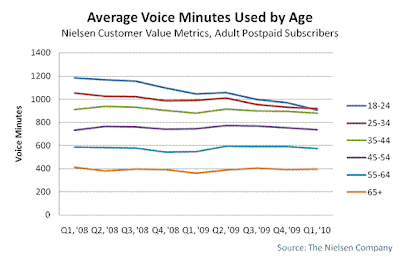Online ad spending growth is being propped up by targeted display and streaming video advertising, says Borrell Associates. Both targeted display ad spending and streaming video ad spending will grow by around 60 percent in 2011. In turn, spending on less-targeted ads such as run-of-site display and national paid search is poised to fall.
"There really is unparalleled ability in the past year, year-and-a-half, to be able to deliver ads targeted to that one person as opposed to whom you think might be visiting a site," says Gordon Borrell, Borell Associates CEO.
"That's peeling off a lot of the growth from run-of-site banner ads," he says.
According to Borrell, targeted display advertising will hit $10.9 billion in total in 2011. Local targeted advertising will reach $2.3 billion, while national is expected to hit $8.6 billion, the company reported. And, while national targeted advertising will grow almost 50 percent, local targeted ads will grow at an even higher rate.
"They're not buying mass anymore; they're buying niche," said Borrell.
link




